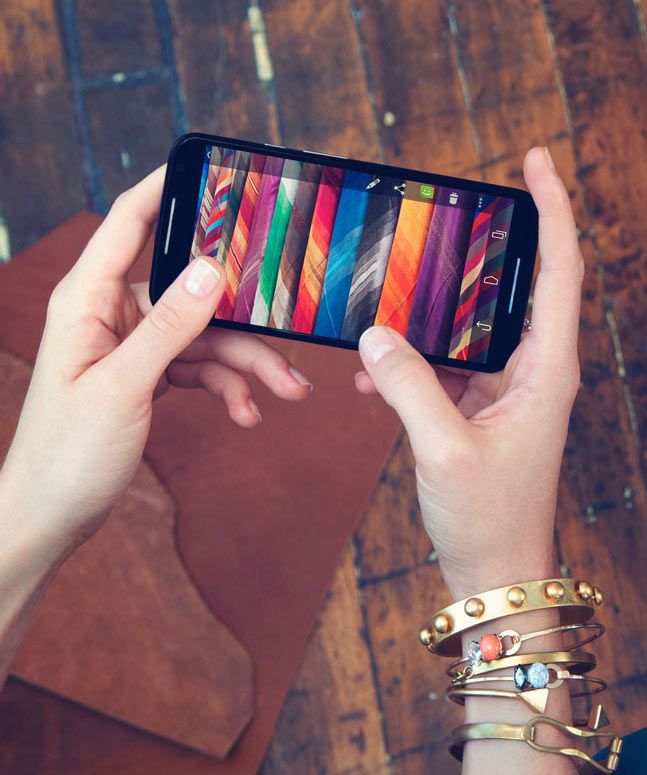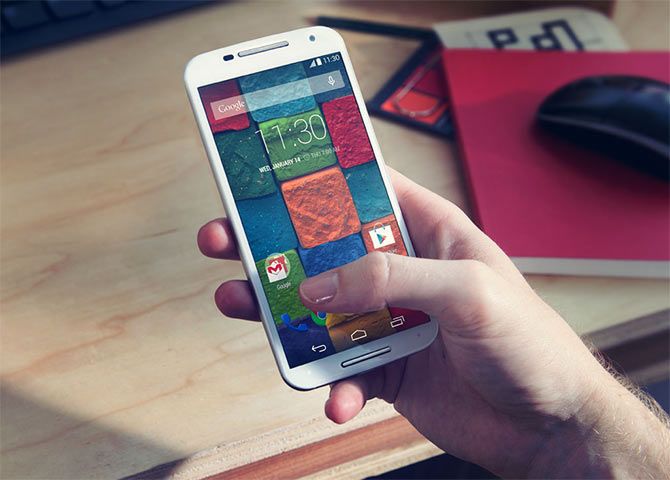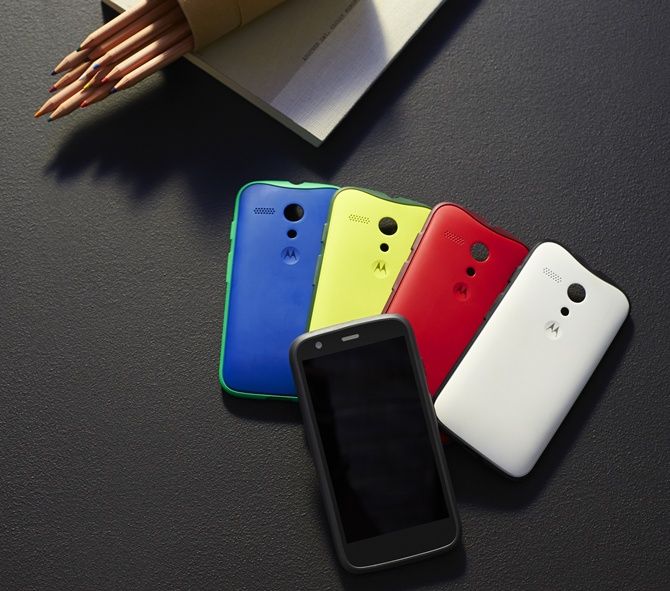 | « Back to article | Print this article |
The brand, on a comeback trail, has a nimble supply chain to thank for its show

The mid-2000’s frenzy around the Motorola RAZR or the 2009 cutting-edge Motorola Droid are distant memories now.
The loss of revenue and market share, starting from 2007, is water under the bridge, as well.
With Lenovo as its parent, Motorola, on a fresh lease of life since 2014, is ready to play in the top end of the smartphone market.
Of its two recent launches, the Turbo would see Motorola address a different consumer than the one it has been targetting since re-entering in February, 2014.
Marcus Frost, senior marketing director, EMEA and APAC at Motorola Mobility, says, “The Moto Turbo and the new E are kind of the top and tail of the Moto family.”

The other models it has are Moto E, Moto G, Moto X and the Android smartwatch, Moto 360.
Barring the Moto X, the other two phones play in the value segment.
But as Motorola gets ready to unveil its flagship, what will allow it an edge, its top executives hope, is its supply chain advantages.
Over the last few months, it has been announcing offline moves that would also beef up its supply chain, both front- and back-end, whose cost benefits, says Frost, gets passed on to the consumer.
Amit Boni, the general manager in India, says, “We have an amazing entry barrier which you will see over the next few months.
"It is made up of our supply chain, better pricing due to an e-commerce model and simultaneous reach from day one of launch.”

Motorola did blaze a trail when it went for an exclusive partnership with Flipkart to sell its phones in 2014.
Since then, other players such as Xiaomi and Asus have made similar, if not the exact, forays.
Motorola sells its inventory to Flipkart, which then sells it to the end user online.
The supply chain, says Boni, is jointly managed by both, including forecasting and shipment plans.
Boni says, “Our channel inventory is for two weeks. Others have to hold atleast 12 weeks’ stocks.
"On some products, we run with as low as just a week’s inventory. Flipkart buys directly from us. ”
Satyashri Mohanty, director, Vector Consulting Group, a supply chain consultancy, says, “Offline sales requires inventory to be spread across distributors and then retailers."
For Motorola, there is one mega distributor, Flipkart.
Hence, both the levels of forecasting and the amount of inventory are less. Usually offline distributors hold between 25 and 45 days’ inventory.
Of the 140-and-counting service centres, Boni says the average utilisation level is less than 70 per cent, pointing to a low level of service issues.
Frost says, “We took our time to build the backbone of service stations before coming back to the market as that gives the consumer reassurance.”

To keep the cost advantage alive, Motorola will not be selling its phone offline at all, even though it is going to roll out nine experience centres in the next six to nine months.
With the first one coming up in Bengaluru this month, Boni says, “I strongly believe touch and feel is overrated, though not irrelevant.
"These zones, which will double as service centres, would make sure that if somebody absolutely wants a touch and feel, they will get it.”
Frost explains, “Consumers can get hands-on with the entire portfolio, learn more about a number of secrets in the devices for which you have to dig deep, by way of capabilities, at these.”
Such hand-holding would extend to mobile vans, too. Frost says, “The Moto Care vans are our innovation around service, answering consumers’ small questions, helping them upgrade software etc.
"It will bring the brand right to the doorstep of the Indian consumer.
"We would be looking more at these in 2015.”
He says that trials of the mobile van (reportedly in Delhi) have got good feedback.
It promises to bring down the waiting period for certain sales support from five days to 30-60 minutes.
None of these would be channels to sell the phones.
While the Turbo has seen a high level of anticipation, will Motorola’s business model be able to fuel its high-end aspirations? Boni says, “Communication and what they want to know will change with the target audience.
But the vehicle remains the same.”
Motorola has its task cut out, as so far, the majority of the 3 million units of Motorola phones sold belong to the Moto G and Moto E, both budget models.

A LOW-DOWN ON THE NEXT GEN MOTO E
Motorola says of the second generation Moto E: If the first one last year offered a great experience without breaking the bank, the new one takes it a step further, packed with more features and functionality.
Available for Rs 6,999 on Flipkart, the new Moto E will soon be available in 4G LTE, besides the 3G version.
It has a 4.5-inch qHD display, front-facing camera, the latest Android version (Lollipop).
Most importantly, personalised software experiences that were earlier available only on the Moto X will now be offered on Motorola’s most affordable phone, as well.
Of the two launches and India’s importance for brand Motorola, Boni says, “India is the only market in which we are meeting up with the press, even though the new Moto E is a global launch.
As for the Motot Turbo, only three markets have access to it right now -- the US, Brazil and India.”
PRICES OF THE OTHER MOTOS